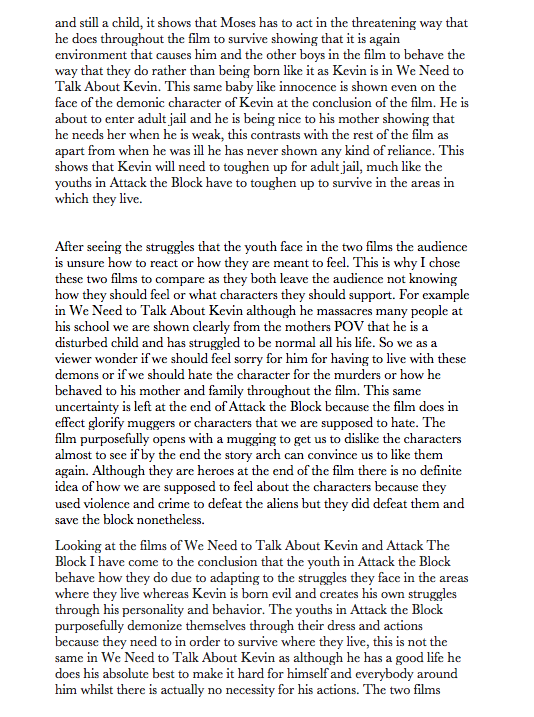

However, the third group is no more likely to have the original reading than the first or second group. So, it essentially boils down to this: if you started with three manuscripts, one was copied 100 times, another was copied 200 times, and the third was copied 5,000 times, which group is going to have the majority rule? The third group, of course. While being very similar to each other, the Byzantine manuscripts have numerous differences with the manuscripts found in the western and central regions of the church. They likely all originated in the same few Greek manuscripts. These Byzantine manuscripts are all very similar to each other. As a result, the vast majority of Greek manuscripts are from the eastern / Byzantine region.

However, in the eastern Christian world, Greek continued to be the dominant language of the church for over 1,000 more years. Starting with the Latin Vulgate, the New Testament began to be copied in Latin instead of Greek. Starting in the 4th century A.D., Latin began to become the most common language, especially in the church. In the first few centuries of the church, the vast majority of Christians spoke and wrote in Greek. However, there is a regional issue to consider here. It is essentially the "majority rules" and the "democratic" method. When the methods are first described to someone, the person typically picks the Majority Text as the method that should be used. Which method is most accurate? That is where the debate begins. External evidence makes us ask these questions: in how many manuscripts does the reading occur? what are the dates for these manuscripts? in what region of the world were these manuscripts found? Internal evidence prompts these questions: what could have caused these varying readings? which reading can possibly explain the origin of the other readings? The New International Version, New American Standard, New Living Translation, and most other Bible translations use the Eclectic Text. The eclectic method involves considering external and internal evidences for determining the most likely original text. The third method is known as the critical or eclectic method. There are no major Bible translations that are based on the Majority Text. For example, if 748 manuscripts read "he said" and 1,429 manuscripts read "they said" the Majority Text will go with "they said" as the most likely original reading.

The Majority Text takes all of the manuscripts that are available today, compares the differences, and chooses the most likely correct reading based on which reading occurs the most. The Textus Receptus is the textual basis behind the King James Version and New King James Version.Ī second method is known as the Majority Text. He took the limited number of manuscripts he had access to and compiled them into what eventually became known as the Textus Receptus. The Textus Receptus was a manuscript of the Bible that was compiled by a man named Erasmus in the 1500s A.D. There are three primary methods to textual criticism.

Textual criticism is the study of these manuscripts in an attempt to determine what the original reading actually was. In these manuscripts, there are many minor and a few significant differences. (for the New Testament) and dating from the 4th century B.C. What we do have is tens of thousands of copies of the original manuscripts dating from the 1st to the 15th centuries A.D. The original manuscripts of the Bible are either lost, hidden, or no longer in existence. Simply stated, textual criticism is a method used to determine what the original manuscripts of the Bible said.


 0 kommentar(er)
0 kommentar(er)
